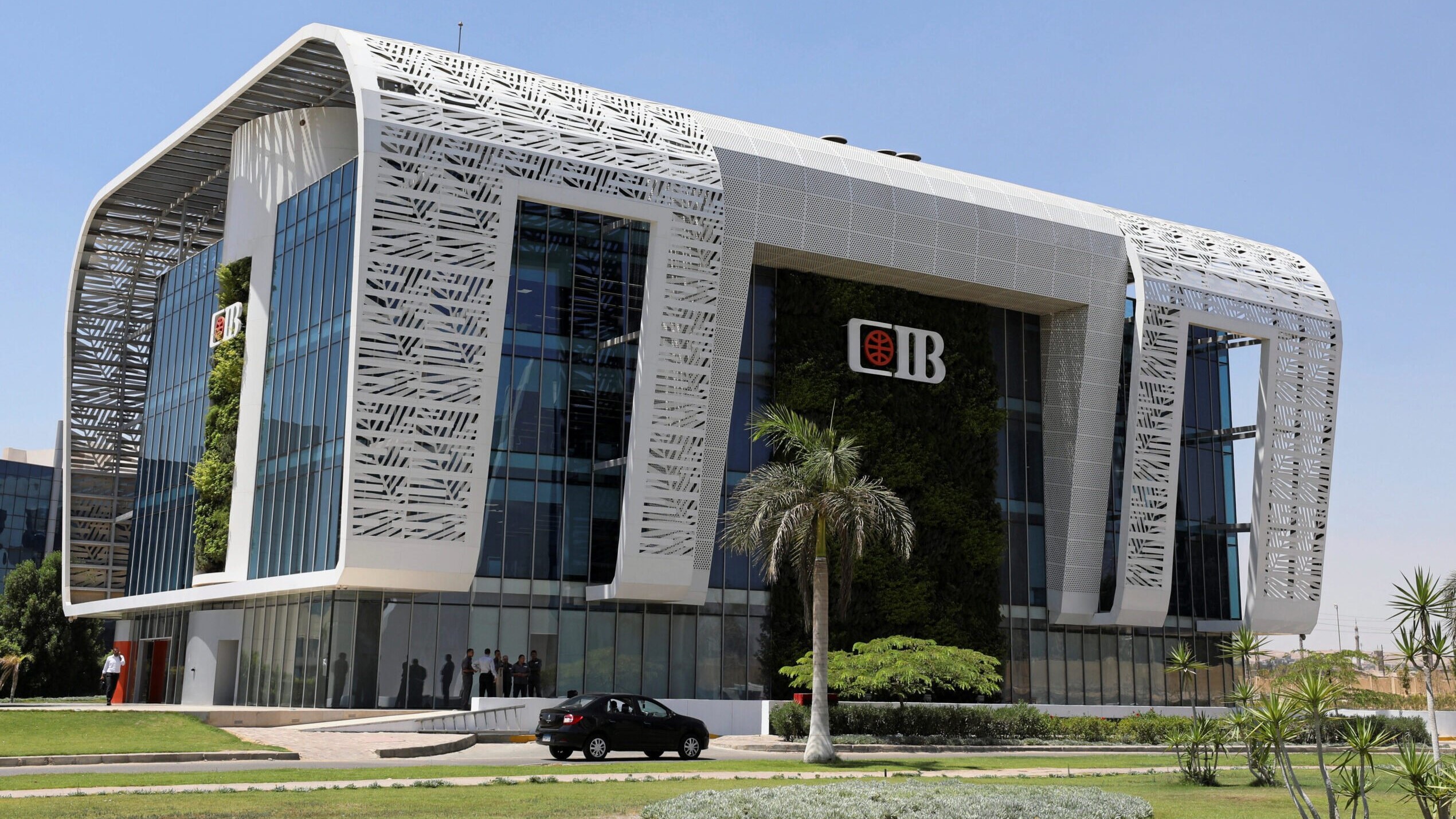Foreign Direct Investments (FDIs) into East Africa more than doubled in 2019 buoyed by China’s increased interest in the region’s manufacturing, construction and services sector.
EAC’s Trade and Investment Report (2019) shows that FDIs into the region surged to $11.5 billion in 2019 from $5.7 billion in 2018, with all East African Community countries except Tanzania posting increased inflows during the year. Inflows to Tanzania declined by 16 percent to $2.6 billion in 2019 from $3.1 billion.
According to the report China was the largest investor in 2019, accounting for 59.7 percent of the total FDI inflows into the region, with significant realised investments in construction, manufacturing and services.
Inflows to Uganda increased by almost 20 percent mainly on account of investments in the extractives sector as well as major infrastructure projects like power dams and roads.
Inflows to Kenya were mainly directed into the information, communication and technology and healthcare sectors.
According to the report the number of jobs created as a result of FDI inflows into EAC increased by 134.9 percent to 211,084 jobs in 2019 from 89,877 in 2018.
FDI to Uganda contributed 62,876 jobs (18.2 percent) of total jobs created while FDI into Tanzania created 46,765 jobs accounting for 47.9 percent of the total jobs created.
FDI inflows into Rwanda created 35,715 jobs accounting for 18.7 percent of total jobs created while FDI inflows into Kenya created 16,573 jobs accounting for 10.4 percent of total jobs created.
In Burundi and South Sudan, inflows accounted for 2.2 percent and 2.6 percent of the total jobs created respectively.
Priority projects
Kenya is one of the largest recipients of FDI in Africa, with inflows significantly increasing since 2015, largely due to increased investments in mining, infrastructure and the construction industry by the Chinese.
Foreign investments into Kenya gained momentum in 2019 with some of the investment coming in the form of mergers and acquisitions compared to the performance in 2018.
China, South Africa, USA and the United Kingdom remain strong sources of FDIs to Kenya.
Last year, China, UK and South Africa were the three top sources of FDI inflows into Kenya.
Rwanda’s total investment inflows increased 22.6 percent, reaching $2.46 billion compared to $2 billion in 2018 largely due to domestic investments which moved to $ 992.11 in 2019 from $991.1 million in 2018.
Domestic investments also accounted for 40.3 percent while FDIs contributed 59.7 percent of total investments.
The key sources of FDI into Rwanda included Nigeria, USA, China, India and the United Kingdom.
Nigeria was the leading source of FDI in Rwanda with investment amounting to $444.61 million in 2019 followed by the US ($327.3 million), China ($120.4 million), India ($10.3 million), Germany ($9.8 million) and Egypt ($6.7 million).
South Sudan registered total investments amounting to $3.87 billion in 2019, with FDIs from the rest of the world amounting to $2.78 billion. The bulk of the FDI was geared towards utilities, and services sectors.
China, Sudan and Kenya were the biggest contributors to FDI into South Sudan in 2019, with the bulk geared towards utilities, and services sectors.
FDI from China was mainly concentrated in the extractives sector while FDI from Sudan, Kenya and Uganda were concentrated in the services sector particularly banking, ICT and hotel and hospitality industry.
In Tanzania, total registered FDIs declined by 15.9 percent to $2.62 billion in 2019 from $3.12 billion in 2018, with EAC investment excluding Tanzania accounting to 0.7 percent of the total investment flows, worth $18.7 million.
Investment flows from the rest of the world amounted to $2.6 billion in 2019 compared to $767 million in 2018.
The major sources of FDIs to Tanzania were China, Mauritius, Canada, India and the UK. Registered investment from China amounted to $530 million, with 196 projects expected to create 5,777 direct jobs.
Investments from Mauritius amounted to $297.8 million with projected employment of 2,042 jobs.
According to the report Kenya’s FDI inflows to Tanzania decreased by 78.7 per cent to $9.1 million in 2019 compared to $42.7 million in 2018. Similarly, investment inflows from Uganda to Tanzania decreased from $26.7 million in 2018 to $4 million in 2019.
FDIs registered in Tanzania amounted to $2624.1 million in 2019 of which FDI originating from the EAC Partner States amounted to $18.7 million.
Power generation
In Uganda total investment flows into the country increased by 22.2 percent to $1.24 billion in 2019 from $1.01 billion in 2018, of which $433 million were domestic investments.
This increase was attributed to reforms in the system of licensing after introduction of the e-Biz system of project licensing and increased provision of incentives and facilities for investors including the Namanve Industrial Park.
In Uganda major investments are visible in power generation.
SOURCE: The East African

Ethiopia has cleared the way for Safaricom to introduce M-Pesa in the market of 110 million people after deciding to include the ...

Egyptian largest private sector bank by assets Commercial International Bank (CIB) is seeking to acquire more banks to strengthen ...

The European Investment Bank and International Solar Alliance have published a study outlining access solutions to overcome key ...

Kenya has been ranked the top country in the world in reducing population with no access to electricity, pointing to the impact ...